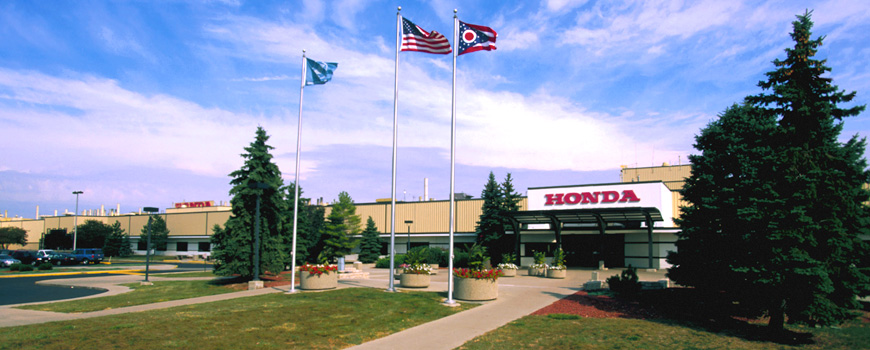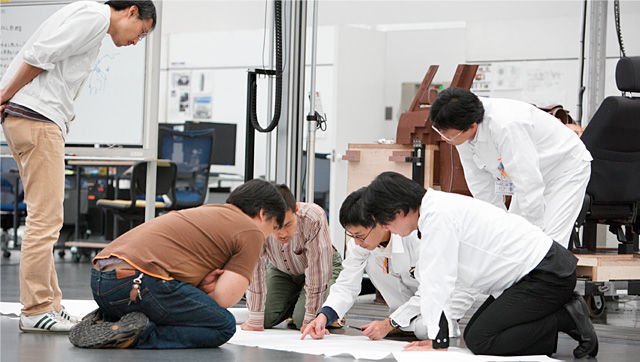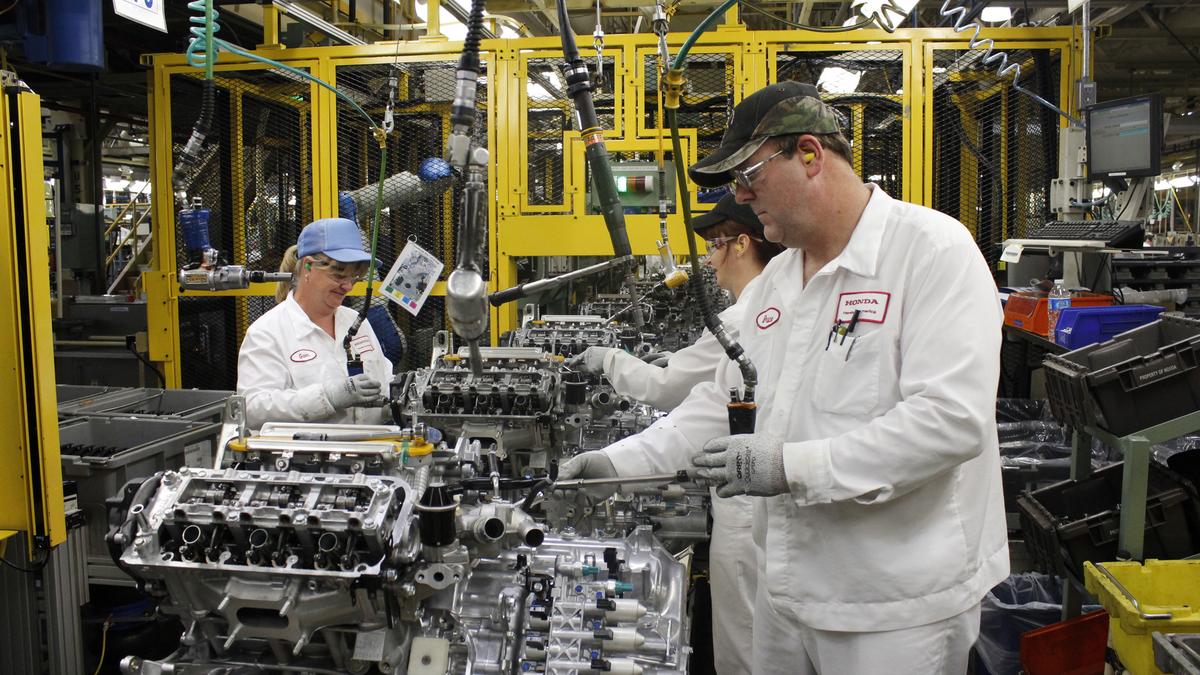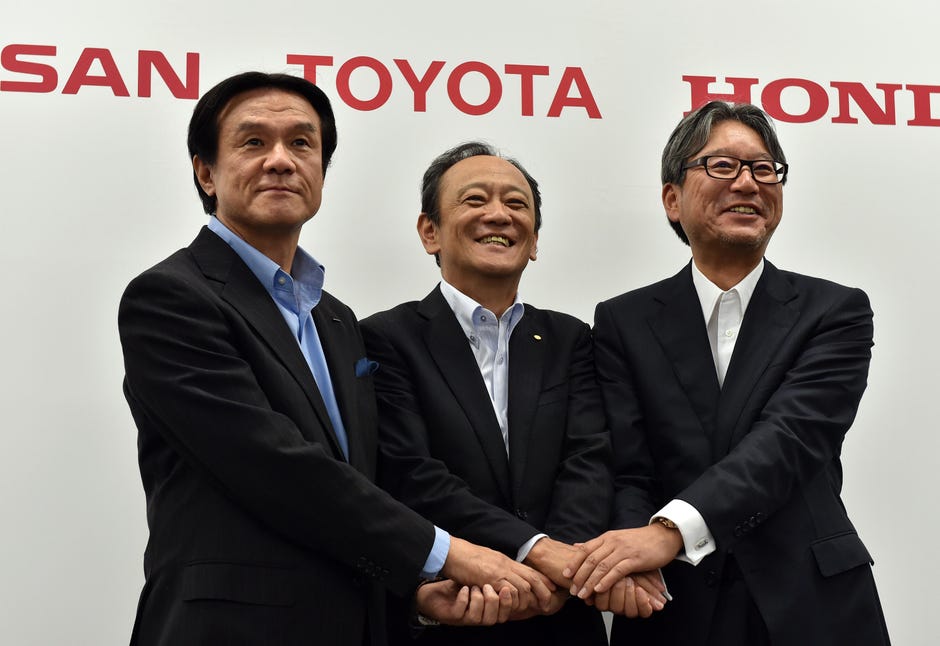Author: Jeffrey Rothfeder
Date Published: July 29th, 2014
Publisher: Business Insider
Link: https://www.businessinsider.com/strategies-that-make-honda-innovative-2014-7
To begin with, Honda has looked outward from its home shores well before other manufacturers considered making or even selling products overseas. As long ago as the 1950s, when Honda was only a few years old, the company’s founder, Soichiro Honda, bemoaned the limited growth opportunities in “little Japan,” declaring that Honda Motor must “maintain an international viewpoint” and perceive the rest of the world as its potential customer base and factory footprint. Honda’s aggressive early globalization strategy in the U.S. was followed by similar successful forays in other parts of the world: It was the first Japanese company to produce cars in China and its earnings record in India and Southeast Asia and other far-flung regions is the envy of the auto industry.
What then has made Honda excel so adeptly as a global multinational? The secret strategic sauce that distinguishes Honda from other manufacturers can be broken down into five ingredients:
- Don’t Globalize, Localize
Unlike Toyota and most other multinationals in any industry, Honda is not a top-down company, controlled by headquarters. Instead, Honda manufacturing subsidiaries virtually everywhere around the world operate as autonomous companies, designing and producing vehicles based on local conditions and consumer behavior. Honda’s has a specifically designed localization strategy for “its conviction about doing it all in one place” — in other words, combining engineering, design, and manufacturing functions in each of its large local facilities. By contrast, virtually all industrial companies keep R&D and other technical and design functions close to home, where they can be managed by executives who are miles removed from local preferences and circumstances.

2. Embrace Paradox
Honda is a questioning, knowledge-rich organization, which demands that its workers at all levels continually poke holes in the status quo. They do that through daily, often spontaneous meetings known as “waigaya” during which decisions, large and small, are reevaluated and turned on their head in hopes of finding a better strategic or tactical choice. Honda has welcomed paradox as a way to promote critical thinking and reassess the so-called common wisdom, shaping new responses to ingrained expectations. Nothing is more important for global companies today than having the dexterity to be simultaneously local and international, to swiftly respond to regional preferences while scaling operating tactics and manufacturing improvements around the world.

3. No Robots!
Even as most major industrial corporations view robots and other forms of automation as the best way to reduce costs and maintain productivity, Honda prefers a different path. Honda’s factories are purposefully the most labor intensive in the auto industry, employing robots only in areas that are dangerous or otherwise obviously less fit for humans than machines.
Honda believes that assemblers become disengaged and their enthusiasm for their jobs and, by extension, local innovation is muted by the presence of machines whose sole purpose is to build cars cheaper and faster than humans.

4. Putting Engineers in the Hot Seat
Since Honda’s founding in 1949 all of the company’s CEOs (including the father of the company, Soichiro Honda) have been engineers, veterans of Honda’s prized autonomous research and development unit. That’s an extraordinary record: Conventional wisdom among multinationals holds that the most effective chief executives are specialists in marketing, sales, or perhaps accounting — anything but engineering.
As a result, even CEOs in technologically based industries tend to know little about designing or manufacturing the products that they sell or managing the global supply chain or factory footprint. That’s often why CEOs favor centralization in which their most loyal lieutenants near headquarters oversee distributed operations, acting as both a trusted proxy and informant for the chief executive.
Reared in R&D, Honda CEOs’ strengths lie in product and process innovation, primarily in designing new vehicle models and features and in conceiving fresh techniques for building them faster and better. Consequently, their success as managers is measured not by quarter-to-quarter results but instead by how well they cultivate individual creativity throughout the organization and how well they disburse Honda’s unique corporate culture to its decentralized localization strategy to produce continuous innovation.

5. Keeping the Factory Flexible
Unlike other manufacturers, Honda can seamlessly produce multiple autos on a single assembly line, one after another, and switch a line over to a newly designed vehicle within hours. By contrast, it can take months for Honda’s rivals to retool a factory for a new vehicle. One way Honda achieves this is through in-house engineering co-located at each major production facility, serving as an independent operation that is focused solely on local needs. Any problems that arise in the flexible factory can be addressed immediately by this team — which at most companies resides near headquarters and reports to corporate top executives — ensuring that the steady stream of automobiles going through the line is not impeded.
This article was a great read because from it, we have a better sense of Honda’s internal operations and their advantages over other car companies when it comes to their design and production processes. We have a better idea of the company culture and what they would like to see in our design process and thinking, as well as logistical features that could come into play during design and production.
Rothfeder, J. (2014, July 29). 5 brilliant strategies that Make HONDA one of the world’s most innovative companies. Business Insider. https://www.businessinsider.com/strategies-that-make-honda-innovative-2014-7



